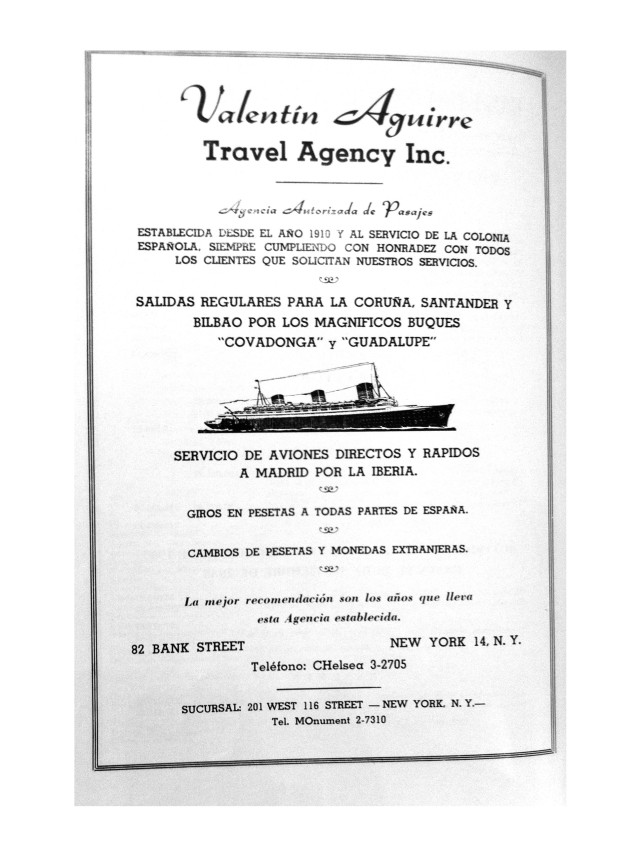I arrived in Galicia at the end of July 2016. My plan was to visit municipal archives, hoping to find any traces of Galician emigration to New York City. I was not particularly interested in studying statistical data, but rather in gathering documents that could tell the story of some of the thousands of Galicians that have migrated to this city since the end of the nineteenth century: photos, letters and official documents, as well as the ‘Libros de Registro de Emigrantes’ [Register Books of Migrants]. I was not sure whether I would be able to access such archives or if they actually had any of these documents. But I had the hunch that I would find something relevant to my research. Another part of my research plan was to interview migrants or their descendants. How I was going to find them, I wasn’t completely sure about. I had some contacts that I could explore and perhaps more would come up from there. I had also made contact with a Galician writer that I wanted to meet, since he has published some works located in New York, in which the experience of migration plays an important role.

Full of expectations, but without any real certainties as whether my research plan would work out, I travelled from Paris (I had spent part of July in France) to Vigo, via Madrid. When I was waiting for my connection flight at Barajas Airport, I had an unexpected sign that made me feel that my research in Galicia was going to be productive. Just before boarding, I happened to be in the queue with two middle–aged couples who were mixing English, Galician and Spanish in their conversation. I couldn’t help but listen to them. They were coming from the US and were talking about other people who had businesses in this country, perhaps other Galicians. They were probably returning to spend August in their home villages, to enjoy the summer and the local ‘festas’ [parties] like many other migrants do in this time of the year. From what they said, I also learnt that they had been asked by the police to show their passports while they were waiting for their flight at the airport (maybe due to some new security measures), and one of them had given them his two passports (Spanish and American), exclaiming mockingly: ‘eu son americano, é que non o ves?’ [I am American, don’t you see?]. I found this brief insight into the life of Galician–Americans very interesting, especially the way in which they naturally accepted and displayed their two identities. Were they from New York (or perhaps New Jersey, where there is also an important Galician community)? I didn’t dare asking. I thought I had been nosey enough by listening to them and it wasn’t the appropriate moment. Perhaps I should had done it. In any case, I entered the plane to Vigo thinking that this was a good omen for my project.
From Vigo I went to A Coruña, where I was going to be based for two months. During the first days, I did some preparatory work. There were some towns which, according to previous studies, migration to NYC had been quite prominent: Sada, Bergondo, Oleiros, Carnota, Muros, Ribeira, Bueu, amongst others. I pinpointed possible visits on Google Maps and looked for email addresses, telephone numbers, etc. The idea was to get in touch with the archives beforehand instead of just turning up unannounced. In my emails, I asked whether they had any relevant material for my project. That would save me the time if there was nothing for me there, and would also helped the archivists to be ready for my visit, as they would know what I was looking for. Little by little, the responses started to fill up my inbox. Based on what the archivists were telling me, there was reason to think that my field work was going to be productive.
